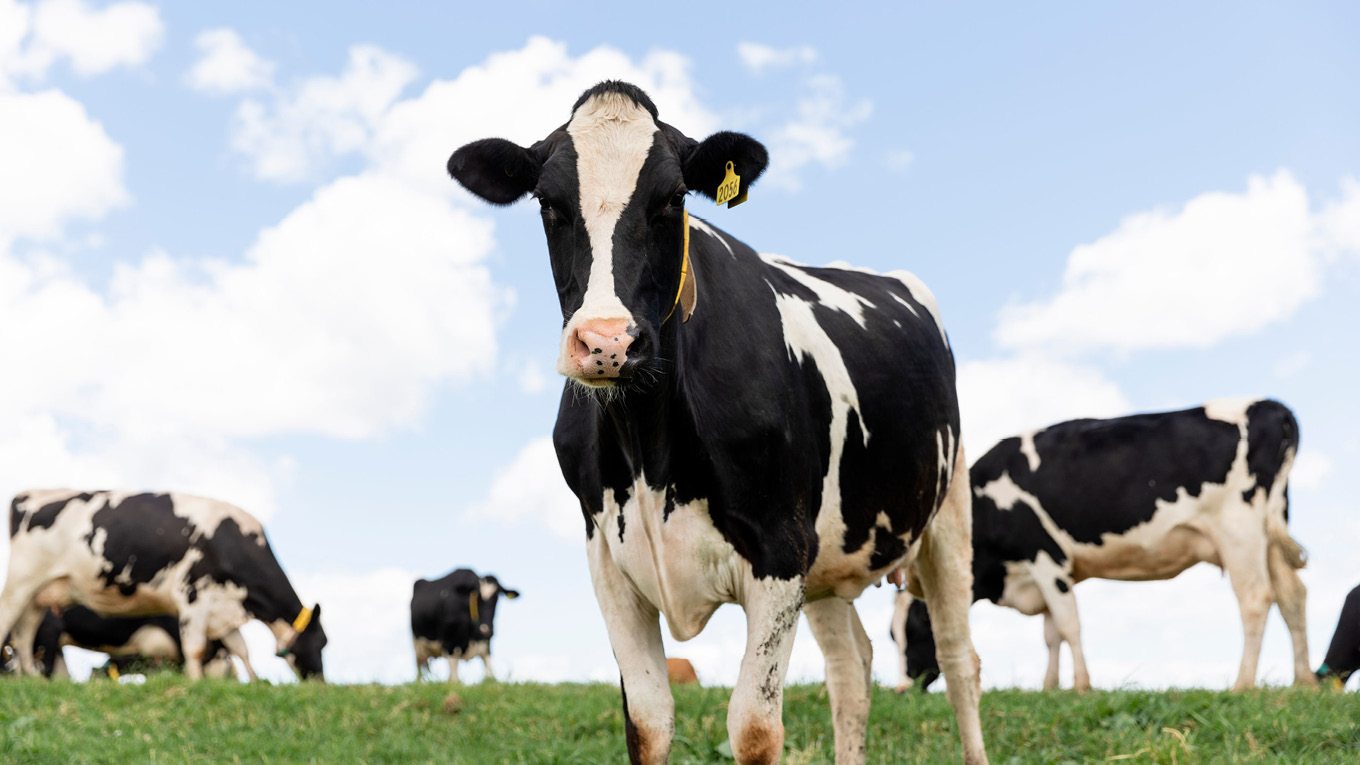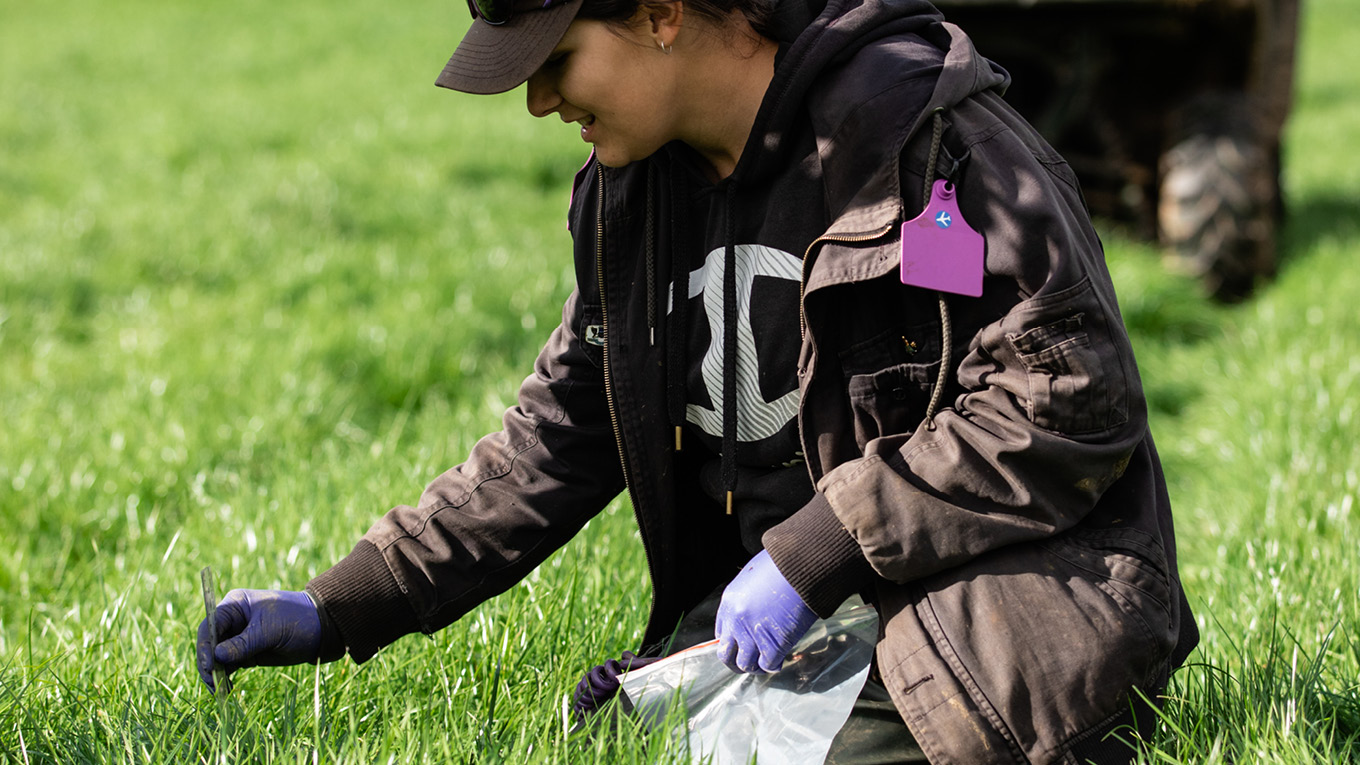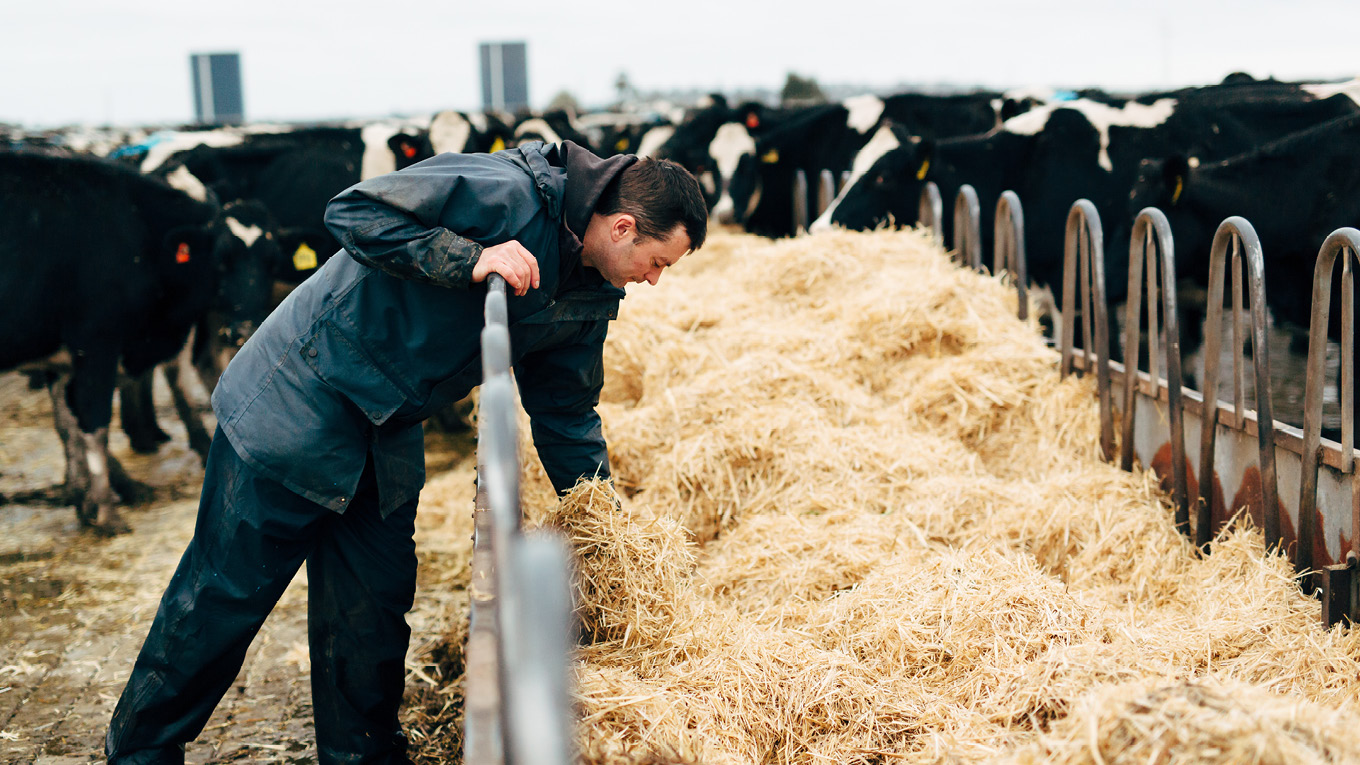Soil Fertility Tips
Home grown feed is often the cheapest source of feed. However, in order to grow as much feed as possible, it is important to make sure nutrients available in the soil do not limit growth. Soil nutrients need to be in balanced amounts for the growth of the pasture or crop.
There are 17 nutrients which are known to be essential for plant growth. There is also a range of beneficial nutrients and some elements that are required for animal health but have no known value to plants. A deficiency in any one of the 17 essential nutrients will reduce growth and production, even though the others may be abundantly available. Optimum pasture or crop production can only be obtained if all the requirements for plant growth are met.
The macronutrients (nitrogen, phosphorus, potassium, sulphur, calcium and magnesium) are required in relatively large quantities by plants. Plant growth may be stunted if these nutrients are lacking in the soil, become available too slowly, or are not adequately balanced.
Although only required in small amounts, micronutrients (trace elements) are essential for plant growth. It is possible to have toxicities of these nutrients, as well as deficiencies.
Soil fertility can be a complex issue. Below are some key tips and focus areas for soil fertility.
1. Get good advice
An agronomist or advisor should be able to supply a 4Rs fertiliser plan and a nutrient budget. The 4Rs are:
- The right fertiliser
- At the right rate
- At the right time
- And the right place
The nutrient budget will account for the plant nutrients which may be imported onto the farm in feed, as well as identifying other plant nutrients needed to reach pasture growth goals.
Ideally, look for an advisor with Fertcare accreditation.
2. Get more out of soil tests
Why soil test?
It is almost impossible to get soil fertility right without up-to-date soil tests. Soil tests check the status of essential plant nutrients and identify other soil related issues which can limit pasture growth, such as pH or soil acidity and alkalinity.
Where should I soil test?
A soil test from each group of paddocks with similar soil types and management history provides the best information. Breaking the farm up into farm management zones (FMZ) based on soil type, management or historical fertiliser application is ideal and will enable fertiliser application to be tailored to the FMZ.
Big savings can be made by customising fertiliser blend types and rates to suit each FMZ, rather than using blanket applications across the farm.
It is important to start by identifying the FMZs on a map, then record the soil test results, previous fertiliser/manure applications, silage/hay making and cropping. This information should be used to target fertiliser requirements to each FMZ.
How do I collect samples?
Soil testing should be done at the same time of the year, or as soon as possible if the results are more than two years old. At least 30 soil cores are required for each sample. Cores should be taken along monitor lines or transects that can be re-sampled in 1–2 years, or collected randomly across the area. Take care to avoid dung and urine patches, areas near gateways, water troughs and stock camps when sampling.
Take the samples to the standard depth (7.5 centimetres in Tasmania, 10cm in all other states). Keep the samples cool and send them to a National Association of Testing Authorities-accredited or Australasian Soil and Plant Analysis Council-certified soil testing laboratory as soon as possible. Soil samples should be sent to the same soil testing laboratory each year to ensure consistency.
3. Use nitrogen fertiliser strategically
The following tips can help dairy farmers to get better results from nitrogen fertilisers.
- Consider four factors when evaluating the economic value of a nitrogen fertiliser application:
- Nitrogen fertiliser cost (cost per kilogram of actual nitrogen in the product)
- The expected pasture growth response to nitrogen fertiliser (kilograms of dry matter per kilogram of nitrogen applied)
- Efficiency of pasture utilisation (by grazing or harvesting) and cost of the pasture consumed (cost per tonne of dry matter)
- The cost of nitrogen enhanced growth compared to purchase of alternative feeds
- Using nitrogen to produce feed which can be grazed directly is the most cost-effective option.
- The response to nitrogen fertiliser is related to the underlying growth rate of the pasture. To get a response to nitrogen, soil moisture should not be limiting.
- Applying the equivalent of 1–1.5 kg of nitrogen per hectare per day of nitrogen fertiliser during the growing season is a 'rule of thumb' for best pasture growth.
- Even though pasture growth responses are variable during the year, nitrogen applications can be profitable even at low response times due to the high cost of other feeds.
- Check that the nutrients in dairy effluent are being used well. Effluent and manure provide an opportunity to further reduce fertiliser costs.
Nitrogen Fertiliser Use on Dairy Pastures
4. Pasture consumption on the farm
Calculating how much pasture was consumed on-farm is an important factor when considering the amount of plant nutrients required. Maximising the use of pasture is a cost effective, environmentally responsible and financially viable starting point.




